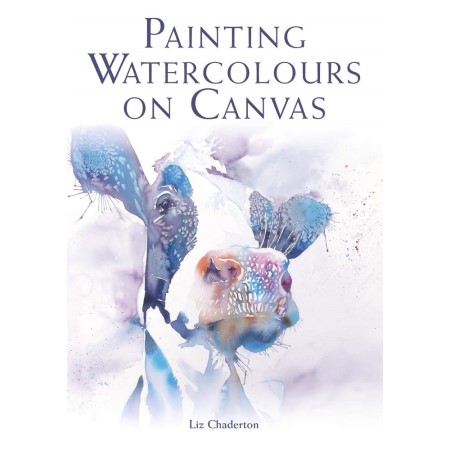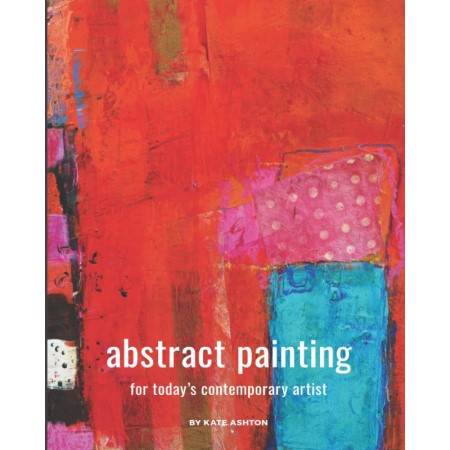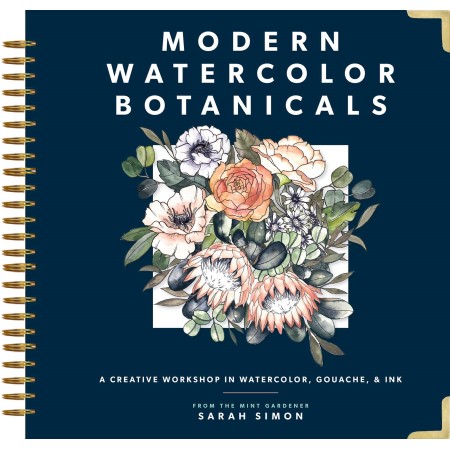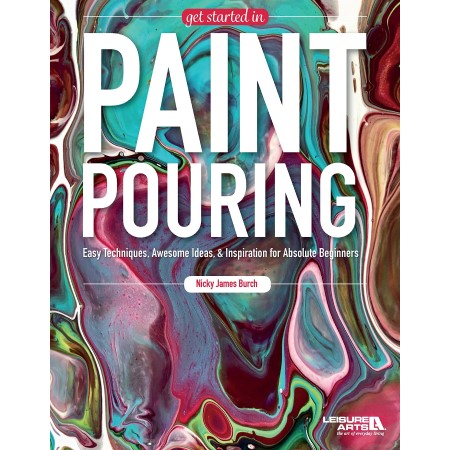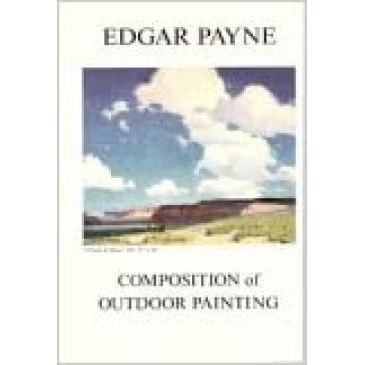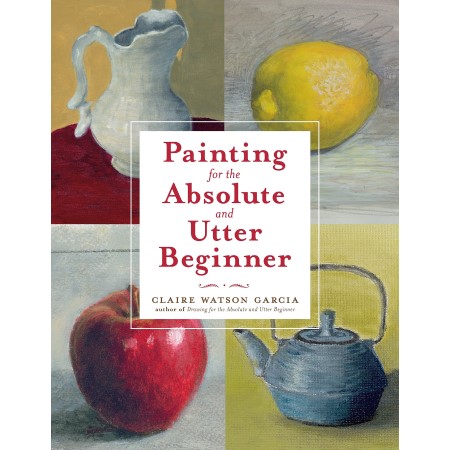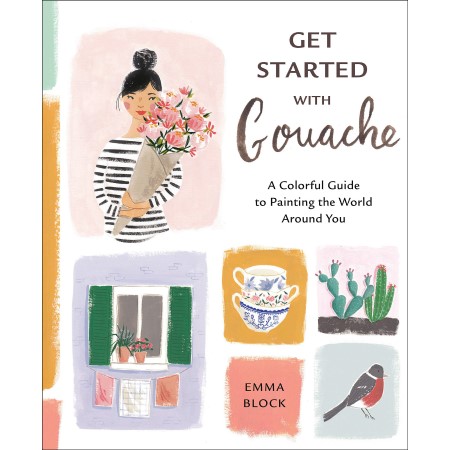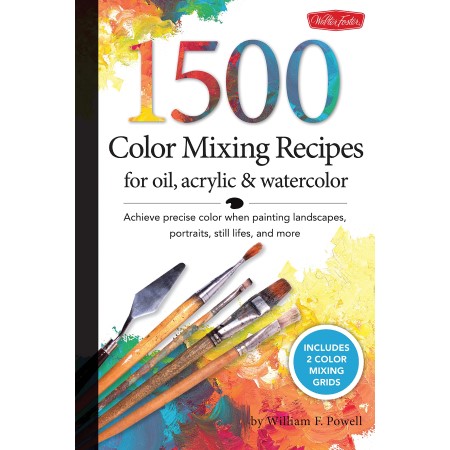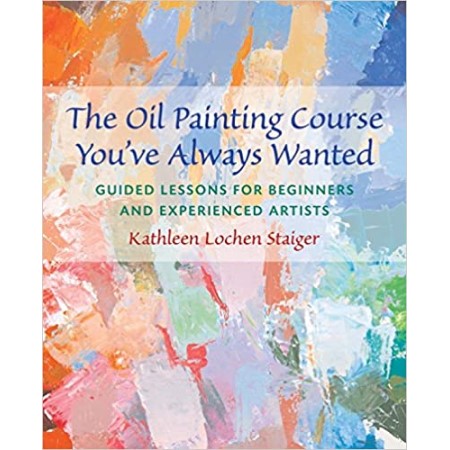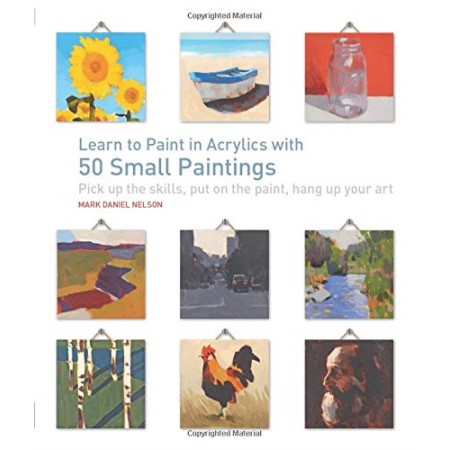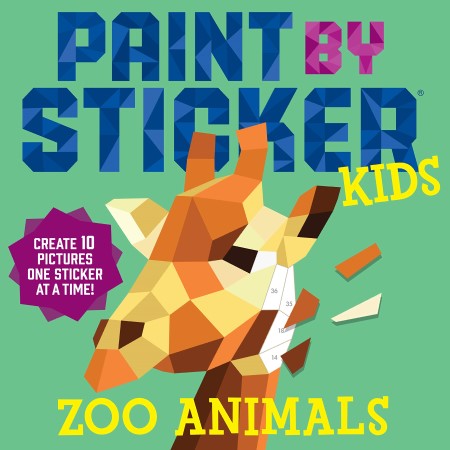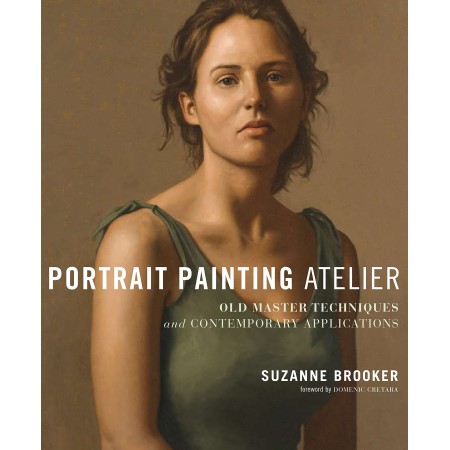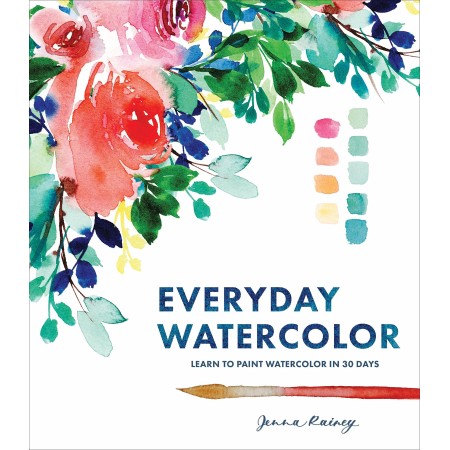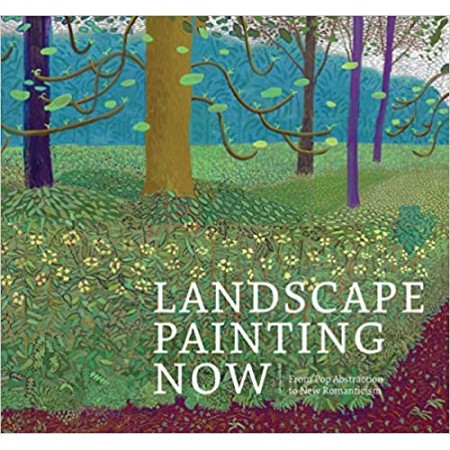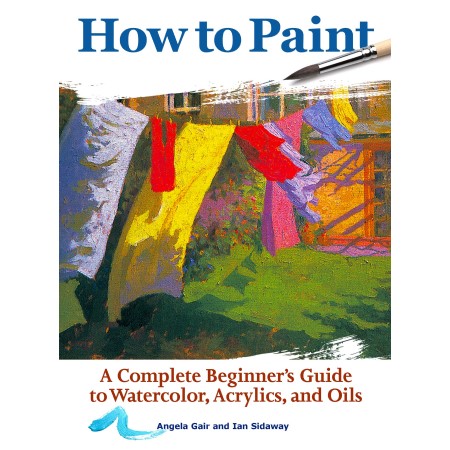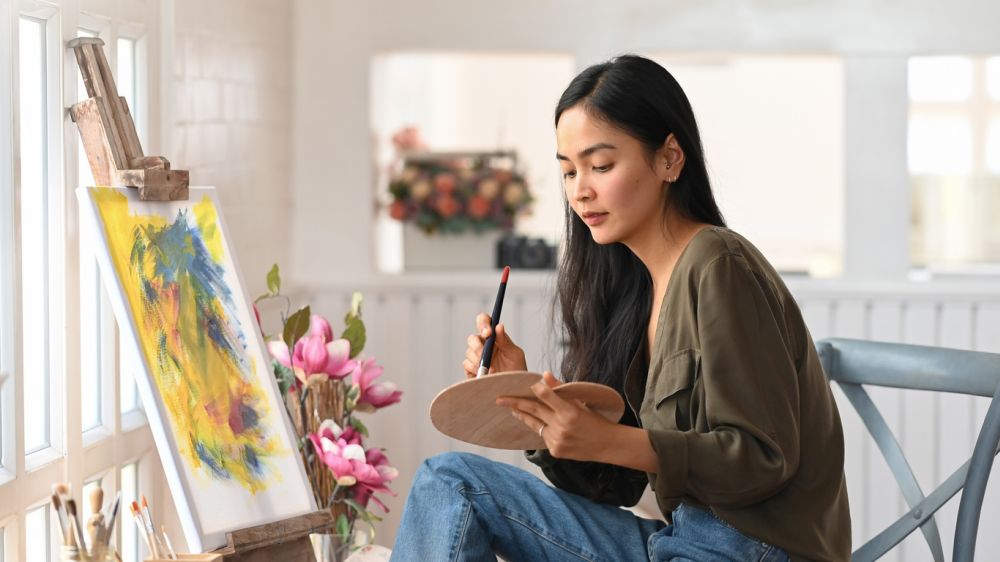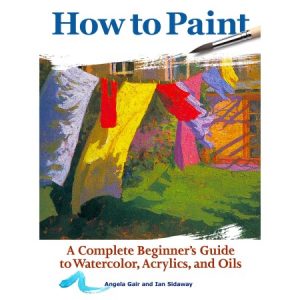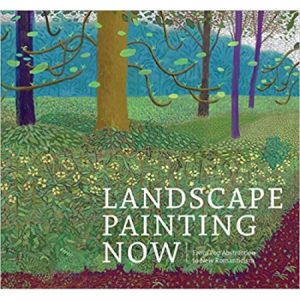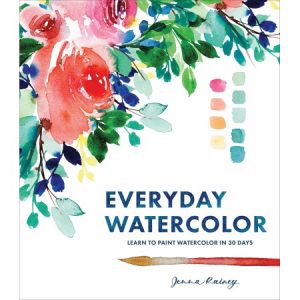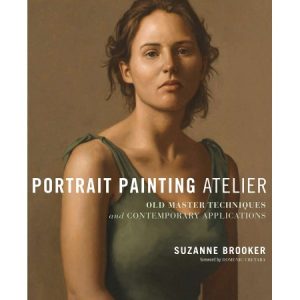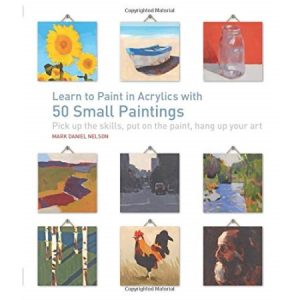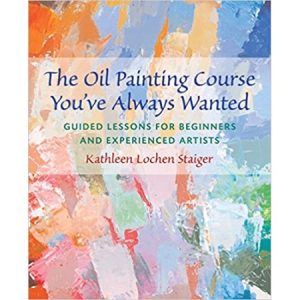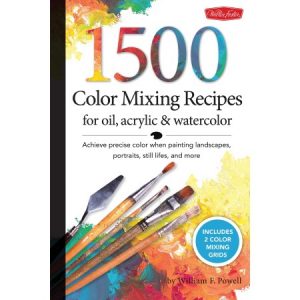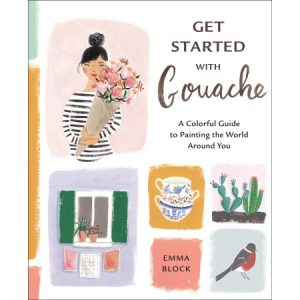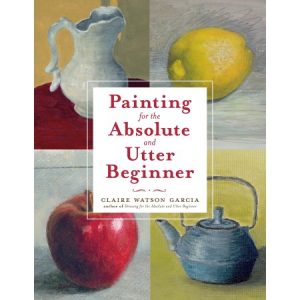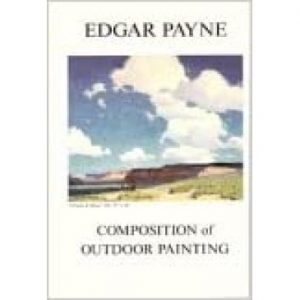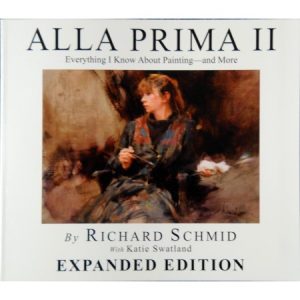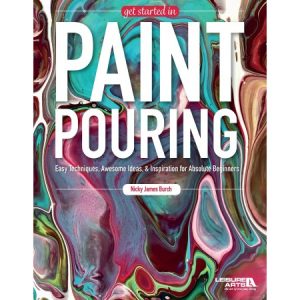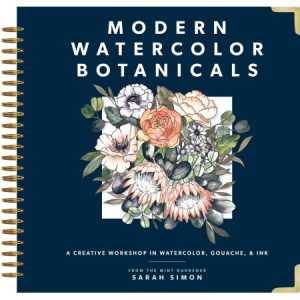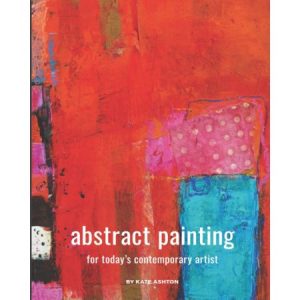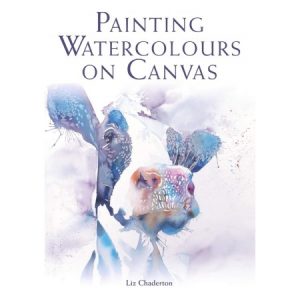16 Best Books for Learning to Paint of 2023
Painting never gets old. Using the best books for learning to paint makes the whole process a lot easier if especially you’re looking to make a frameable painting out of watercolors, acrylics, or oils. And the best part about learning to paint is it’s hard for the passion to fade off once you put in some interest. While painting might seem like an overly fascinating idea to try, it’s needless to say that some books are suitable for beginners while others fit artists beyond the intermediate level.
Best Books For Learning to Paint
Whether you’re into watercolor, acrylic, or oil painting, the best way to start practicing is by investing in guide books that would give you inspiration on your areas of interest. Or maybe you’re a professional artist with the aim to scale your knowledge around contemporary painting techniques that could be useful in your future projects. Buying the right books for whichever genre you’re interested in could set you miles apart from other artists. That’s more reason why we’ve rounded up some of the worthiest painting books, depending on the age, interests, and skill levels of the reader.
Here’s a list of some of the books you could use to learn painting.
1. Best Overall: “How to Paint– A Beginner’s Guide to Watercolors, Acrylics, and Oils”
I’d describe this book as a blueprint for starters looking to have an edge on the three most sought-after models of painting—acrylics, watercolor, and oils. It’s quite much handy for learning the basics but more useful if you want to ultimately reach the epitome level of paint artistry. Inside this book, you’ll find about 38 projects analyzed in a dumbed-down tone, to make the whole learning exercise less demanding for beginners.
Under each section, there’s a practical guide to help you know how to go about the whole hands-on experience with brushes, paint, alongside other craft tools. Apart from the 38 projects featured in this book, you’ll interact with different painting techniques ranging from masking, scumbling, painting with a knife, dry brushing, just to highlight a few.
2. Best for Landscapes: “Landscape Painting Now“
Learning to depict natural scenery in the world of art doesn’t come easy, especially for starters. Using this book, the task of cutting all the corners would take less effort since it captures all the needful basics of landscape painting. It features about 80 contemporary artists who span across different typographies in the landscape painting genre. With varying thematic areas split into 6 chapters, there’s more to grasp as far as the concepts which go into contemporary landscape painting are concerned.
Some of the novel chapters you’ll hardly find on other books include ‘Abstracted Typographies,’ ‘Constructed Realities,’ ‘Realism,’ ‘New Romanticism,’ and the list goes on. It has over 400 color reproductions from renowned artists—each with a gripping analogy that’s relevant in the landscape painting theme.
3. Best for Watercolor Painting: “Everyday Watercolor”
Watercolor is a responsive concept with a low learning curve, so it’s perfect for beginners. And coupling your learning experience with this contemporary guide would give you the visual hypothesis of everything that goes into a watercolor painting. Jenna Rainey is a seasoned author and self-taught designer who presents all the abstract ideas of watercolor painting in a granular structure to help artists level up their skills.
Jenna also has a huge following on Instagram, where she uploads pieces of contemporary art and coaches artists on the ins and outs of watercolor painting. Beginners, too aren’t locked out—it’s one of the prime books to start off with if you’re looking to get ahead of the basic level. This book offers inspiration to painters who want to go way beyond the intermediate phase within 30 days.
4. Best for Portraits: “Portrait Painting Atelier”
Portraits are such a glamour-puss, especially when mounted on walls of living spaces. If you’re a household looking to go the DIY route around the sphere of portraits but with a specialty in oil painting, then you can’t miss getting a hold of some cues from this book. Portrait Painting Atelier features some of the grand hacks that were practiced by highly skilled oil painters back in the 16th century. Most of the ideas, however, have been refined to meet contemporary standards which aspiring artists are longing to achieve.
Aside from classic oil painting concepts, you’ll also find the main bits and pieces that go into photography-based and alkyd-based elements of composition. You’ll get a glimpse of how the old painters managed to come up with rare luminous paintings and fine-drawn ateliers by toning a canvas material. And most of all, the reader learns how to blend different color tones to make a portrait that glows in the dark.
5. Best for Kids: “Paint by Sticker Kids”
This book is crafted to suit kids between 5-12 years old. Painting stickers is one of the oversimplified concepts that suit kids around this age bracket. Each sticker can be re-used to make about 10 pictures at a time. All pages are perforated out, so kids can peel the stickers out and glue them on their bedrooms’ walls. If you’re a mom or dad looking to start off your preschool kid with an elemental painting skill, stickers are very much doable.
And apart from sticker painting, this book somewhat fits in the board games’ role quite proficiently since it introduces kids to numbers which they learn to match up. Parents see this book as a perfect model for coaching kindergarten kids with easy-level puzzles.
6. Best for Acrylics: “Learn to Paint Acrylics with 50 Small Paintings”
It’s rare to find a book that demystifies the key techniques which go into the entire acrylics painting genre. The most fascinating part about it is by the end of the coursebook, you’ll have a collection of mini-sized paintings to help showcase your skills and level of creativity around acrylic paintings. You can choose to do the paintings on a board, canvas, or a sheet of paper.
The book has varying exercises to help you come up with a theme or scene, then used mixed colors to make paintings that can be used as portfolios and showcased in exhibitions. The reader will master the expression of imaginative subjects such as personal expressions, fantasy, the natural world, history, among many other genres —after learning the art of acrylics painting using the 50-mini paintings.
7. Best for Oil Painting: “The Oil Painting Guide You’ve Always Wanted”
The fusion of tones through oil painting still stands as a responsive option worth experimenting especially for a beginner. The author Kathleen Lochen has put tons of precision to itemize the book into a step-by-step guide—making the learning experience a whole lot easier. There are graphic diagrams and illustrations on every topic to demonstrate the multidimensional skills needed to become an adept oil painter.
While trying to acquaint yourself with the whole realm of oil painting, you’ll interact with a bunch of color-mixing concepts to help come up with different landscape and portrait ideas. This book is a must-have for hobbyists, art students, as well as those with a Bachelor of Fine Arts (BFA) degree and are looking to notch up their oil painting skills.
8. Best for Techniques: “1500 Color Mixing Recipes for Oil, Acrylic & Watercolor”
If you’re looking to have multi-faceted know-how of the fundamentals required to be a witty painter, then you need to invest in all the contemporary techniques. Even if you’re a beginner, this book brings you close to the basics of mixing colors, creating color value, balancing pigments to make a crystal-clear composition, cleaning up the edges, and doing stellar brush works.
There about 1500 color mixing recipes for oil, acrylics, and watercolor paintings to play around with. You’ll also find a manual guide that helps flatten the learning curve, so making the color combinations won’t be a daunting task. The color guidance index has the right pointers needed for any subject you want to paint. Each subject has a recipe number to make referencing less strenuous.
9. Best for Teens: “Getting Started with Gouache: A Colorful Guide to Painting the World Around You”
It’s needless to say that teens get inspired by contemporary art a lot more compared to the grand models of painting. Well, this book combines scenarios from both ends. So just you know, Gouache is a water-based paint that closely mimics watercolor, but has the aptitude and density to create acrylic paintings. Aside from techniques laid out to help teenage readers create fanciful paintings, there are expert opinions on the right materials and tools to use, depending on the level you want to reach.
You also get to access 30 lessons that cover topics across relatable figurative themes and ideas. Teens can kick off their painting experience with simple subjects such as fruits, cutlery, and animals, then graduate to painting portraits of family and friends.
10. Best for Basics: “Painting for the Absolute & Utter Beginner”
If you want to learn the entire groundwork in the field of painting right from scratch, this book would give you a fine print of what you ought to know as a beginner. All the basic skills are demonstrated in a sequential manner and the reader gets the chance to try new projects that seem within reach for someone without solid expertise in the art of painting. From holding a brush to being consistent with the color tones—everything a newbie should acquaint themselves with is plainly illustrated to create representational paintings, especially with themes sourced from real objects. After completing this coursebook, you’ll have the skill to source potent visual references from the actual world, and have the prowess to paint the picture of any particular subject you’re interested in.
11. Best for Outdoor Painting: “Composition of Outdoor Painting”
Getting inspiration from the outdoor scenery to become a painter is something we hear a lot often from our readers. And if you perhaps want to join the bandwagon, then this book needs a spot in your reading schedule. Each chapter of the book has useful guidelines mostly inclined to landscape painting which you can make reference to anytime you’re working on personal projects.
This is the go-to book if you have sketchy art skills and are looking to upscale your capacity to depict natural scenery on a canvas or sheet of paper using a mix of colors. Before digging further into outdoor painting, you’ll get the latitude to demystify representational, abstract, and impressionistic concepts that go into outdoor painting. The projects you’ll start off with will include capturing rivers, mountains, trees, and coastal lines using the painting guidelines.
12. Best for Inspiration: “Alla Prima II Everything I Know About Painting – And More”
The author of this book through his personal struggles in Art school strives to inspire painters from all skill levels in a conversational and thumping tone. This revised edition shares a few nuggets of wisdom and shrewd techniques to pull you out of elementary and intermediate levels. Through his milestones in the field of art, the author Richard Schmid has laid out popular theoretical concepts and the entire framework from which the whole idea painting traces its roots from.
He also shares a few success stories, the shortcomings of painting as an art, and some of the remedies which beginners can work with. With a plausible sense of humor, the author writes about the wins and losses incurred while attempting to become a skilled painter. The book covers a wide range of topics across the entire field of artistry.
13. Best for Paint Pouring Art: “Getting Started in Paint Pouring”
‘Getting Started in Paint Pouring’ is a remarkably polished book with insights on ways you can mix acrylic paints with different pouring mediums to come up with a visually engrossing painting on a surface. It’s more like a 101 guide for artists, both skillful and beginners, on how to mix the right supplies and use tenable techniques when paint pouring. You also get tried and tested tips on how to make impressive finishing on all your projects, even if you’re totally new to the art of painting.
This book will help make all your fanciful ideas come to life using new-fashioned hacks such as swirl pouring, flip and drag, puddle pouring, and many more. Whether you want to work on a focal point frame or a princess bow holder, all you need is a few canvases for the practices and you’ll soon march up to the guru level.
14. Best for Botanical Art: “Modern Watercolor Botanicals: A Creative Workshop in Watercolor, Gouache, & Ink”
Watercolor botanicals are arguably the in thing compared to most other painting genres. And no matter which skill level you’re hanging on, this book makes learning all dynamics that go into botanical art quite efficient. Apart from the list of instructions and hundreds of pictures that you’ll use to refine your skills, there are diagrams that are patently comprehensible and quite useful for future reference.
Since all lessons are somewhat intertwined, you’re able to catch up on the skills garnered during the previous session. Most of all, you won’t need to have any prior drawing experience to paint your treasured wildflower. If you want to gift your buddy a frameable showpiece, there are tons of botanical art ideas you can try out.
15. Best for Abstracts: “Abstract Painting: For Today’s Contemporary Artist”
While abstracts aren’t meant to represent real things, expressing emotions using visuals made of shapes, lines, and a blend of colors is quite worth the adventure. ‘Abstract Painting’ is an inspirational book for artists looking to make their work build influence through abstract expressionism. The Author Kate Ashton is an experienced artist, coach, and owner of well-recognized artwork.
And through her vast expertise in the abstract painting genre, she managed to put together over 100 color images with varying contemporary abstract concepts you can use for your practice tests during or even after completing the coursebook. You also have access to pointers that get you closer to precision while working on your abstract projects. Alongside that, their insights on the right kind of techniques you need to use when making changes or markings on a painting.
16. Best for Canvas Painting: “ Painting Watercolor on Canvas”
You probably want to read this book if you’re looking to learn how to set a mood using a toned background color on a piece of canvas fabric. ‘Painting Watercolor on Canvas’ is a book you need to own if you’re looking for spirited ideas that would help you tune a coat on a canvas material to get the desired impression. The guidelines in this book prove to be functional especially if you’re into watercolor paintings.
All the watercolor grounds and colors are reviewed by the author in an engaging tone. Liz Chaderton goes further to make a comparison of the right watercolor grounds to use, depending on the level of vibrancy you want your painting to have. You no longer need to put in some guesswork on the right brushes, color adjustment, or techniques for, say, undercoating.
Final Thoughts
If you’re a beginner looking for a paint coaching book with easy-to-follow guidelines, you can set off the expedition with our ‘ best overall’ book and get a hang of the facets that come into play whenever you want to make watercolor, acrylic, or oil paintings. You can drop a line or two if you want to share more about the best books for learning to paint.
